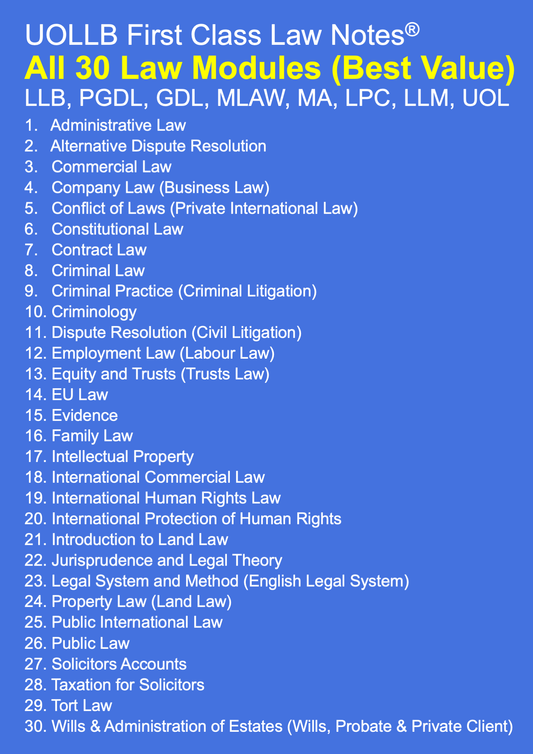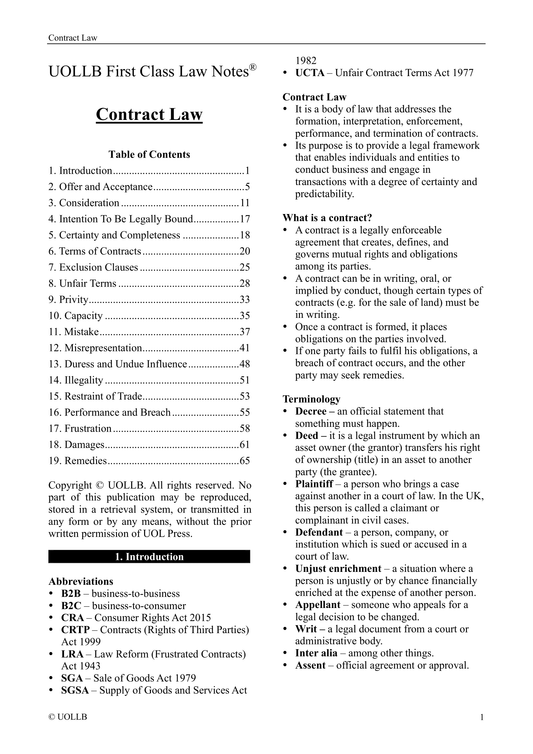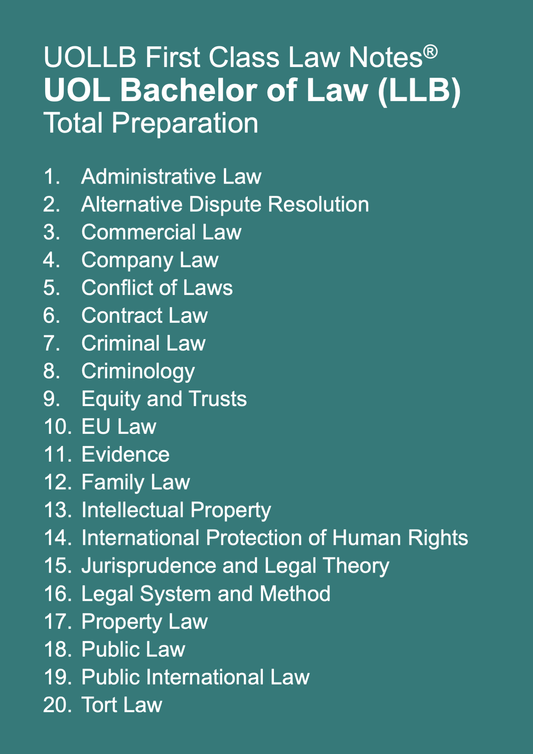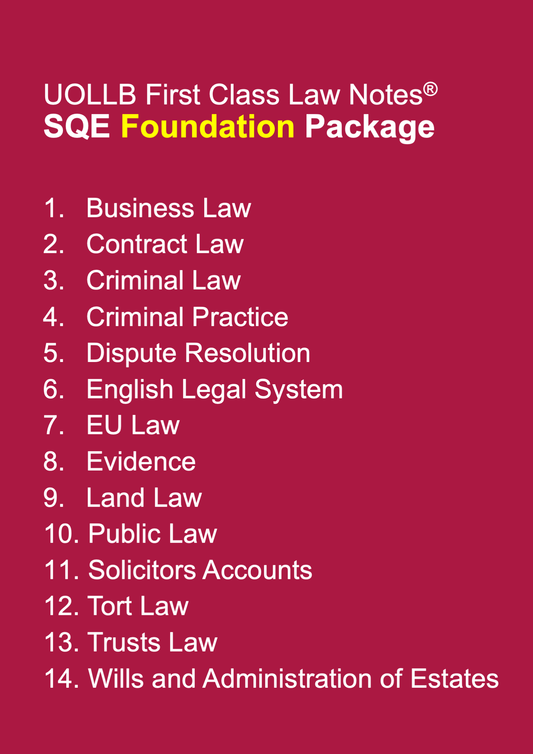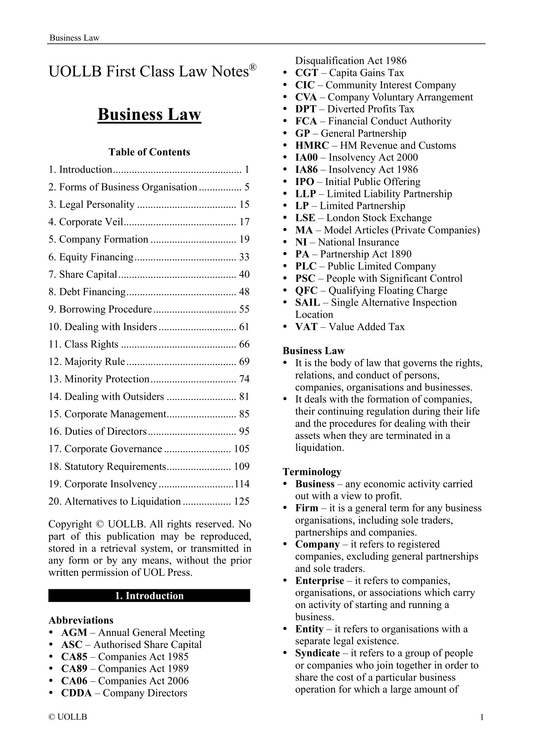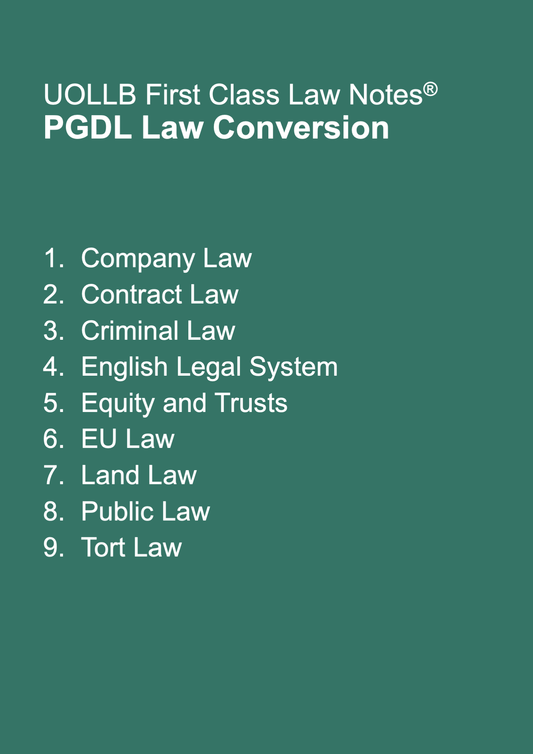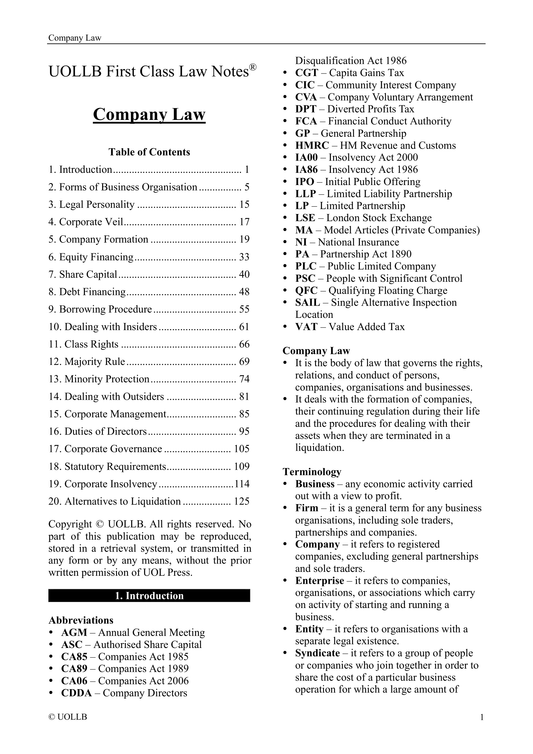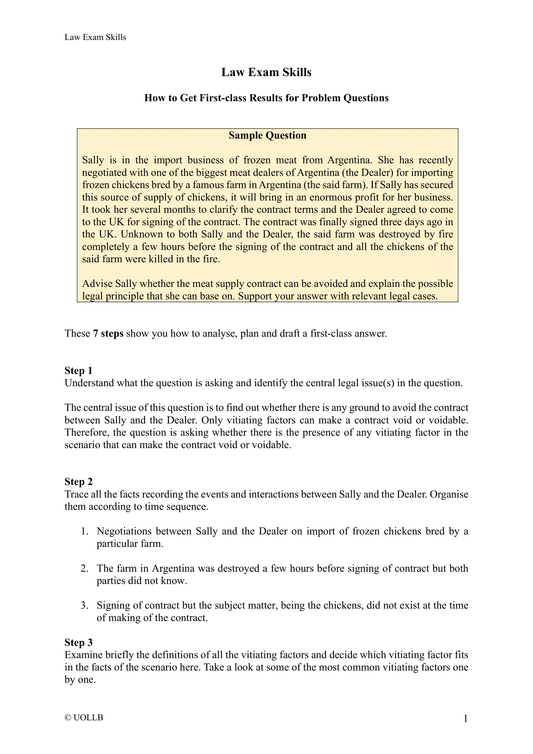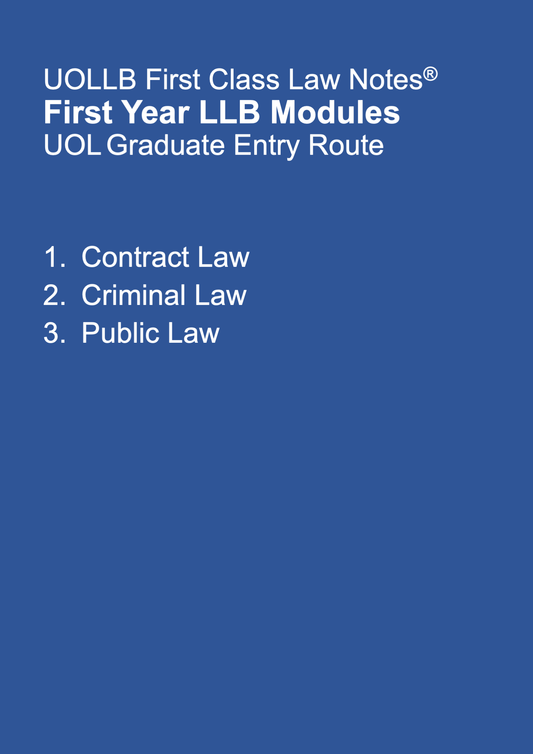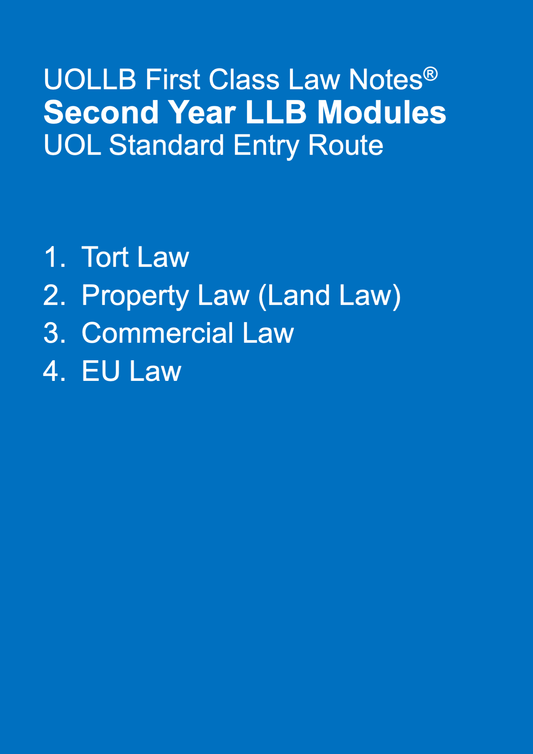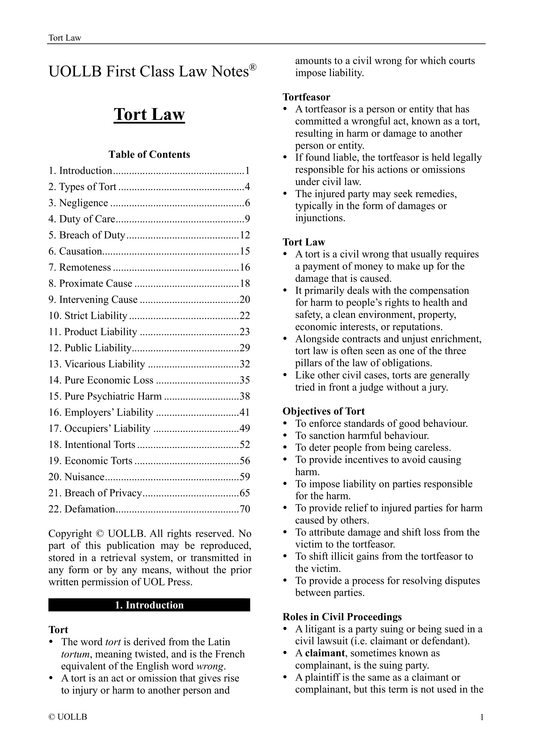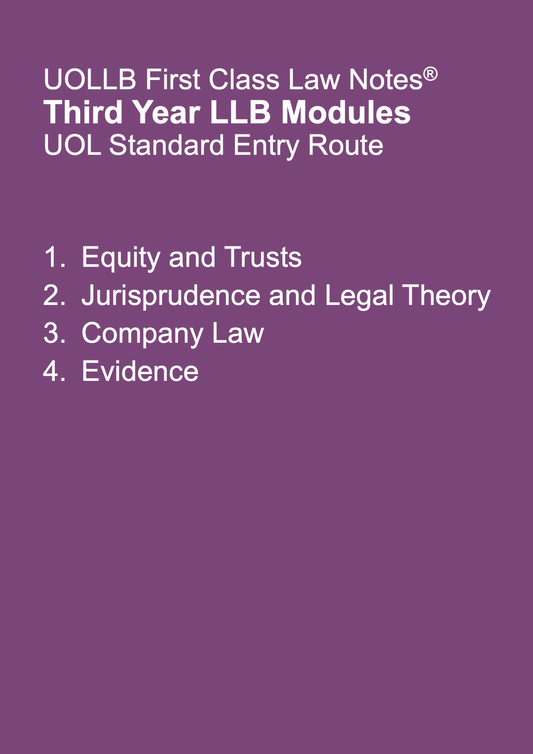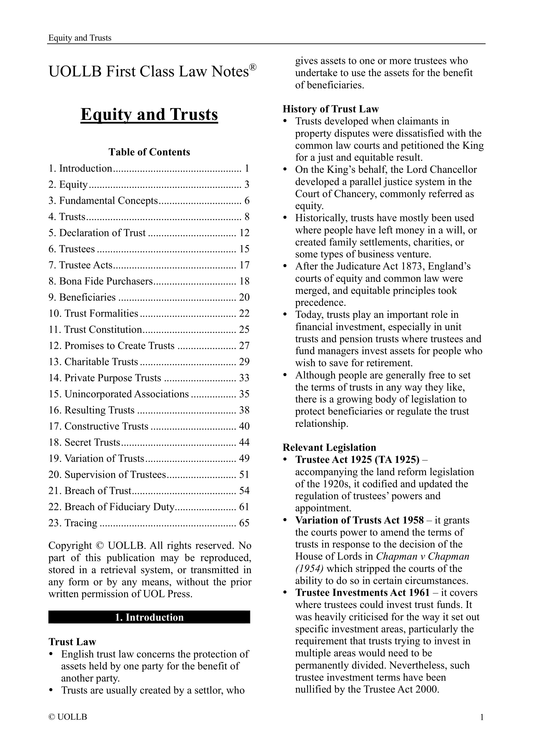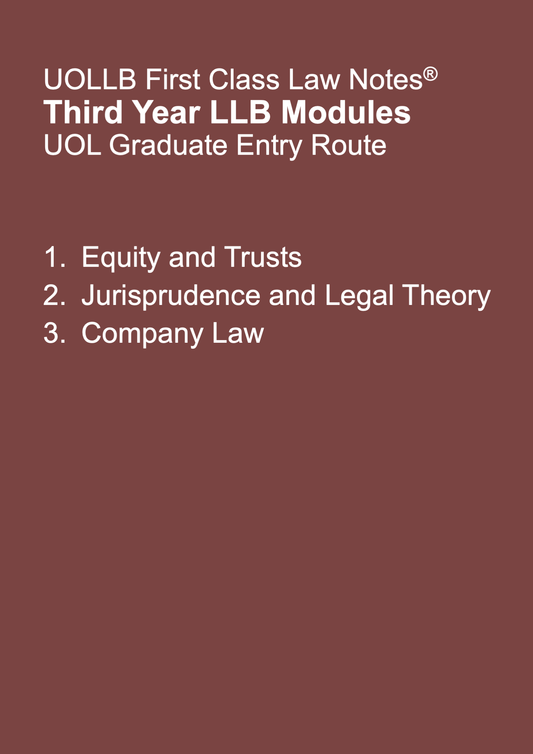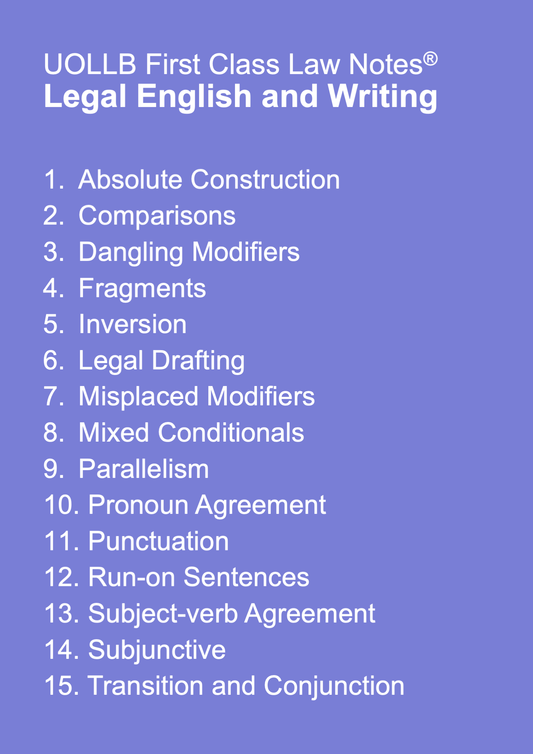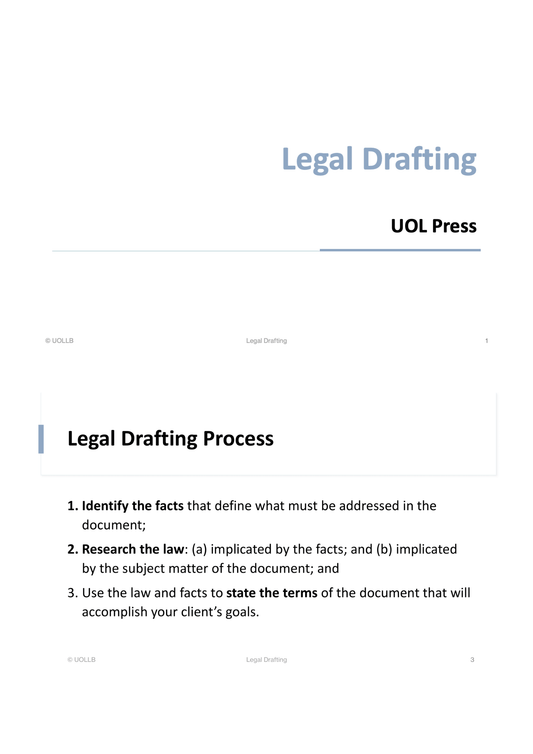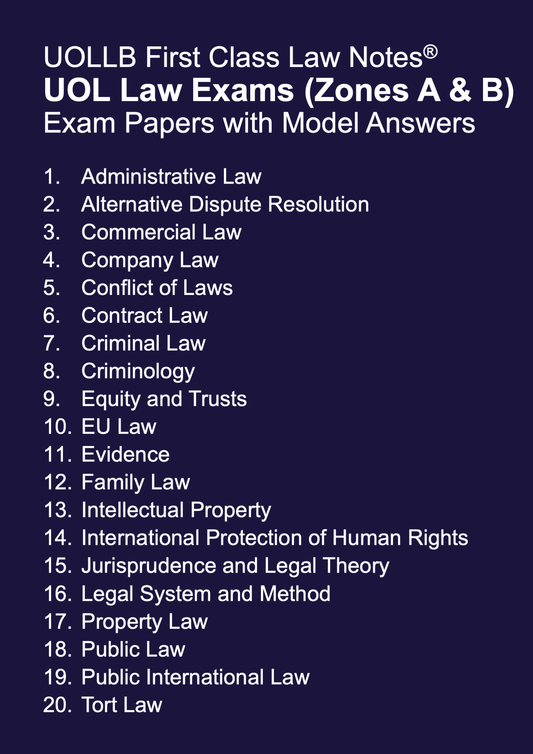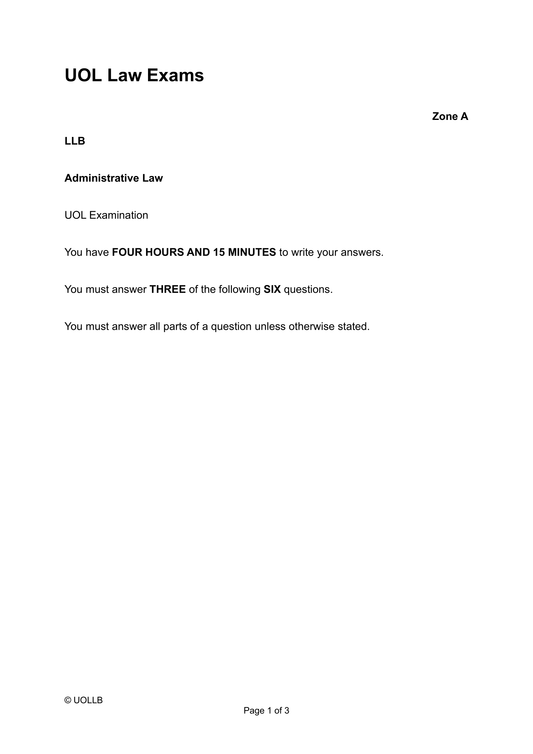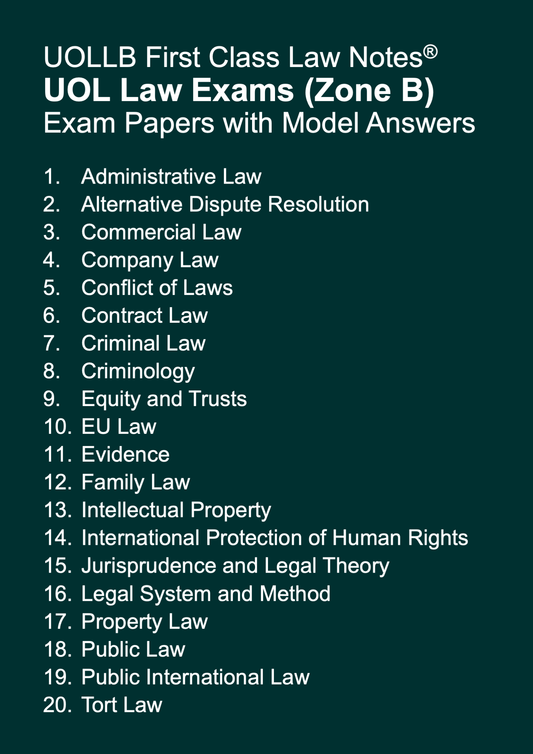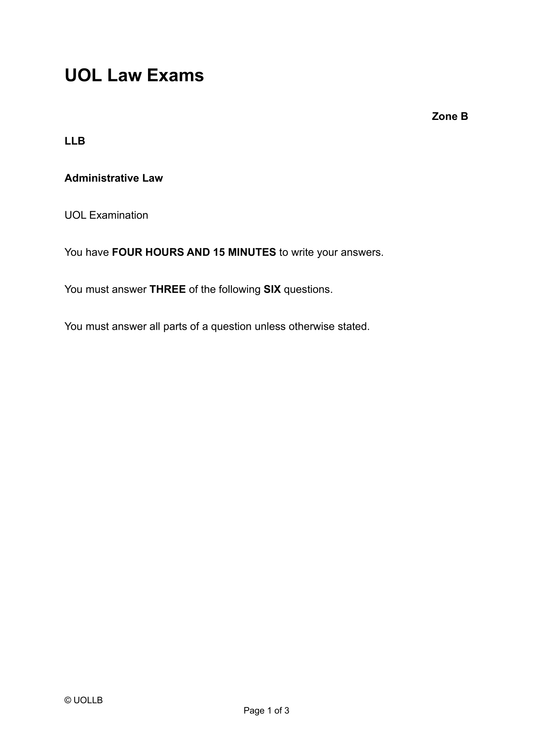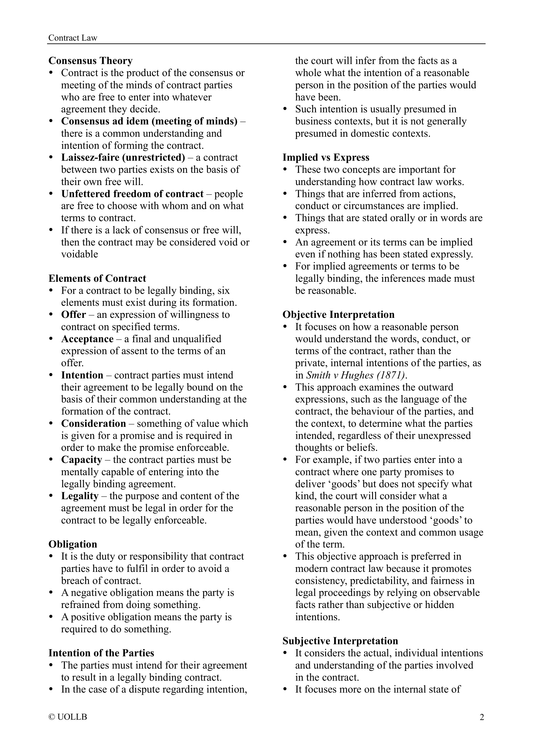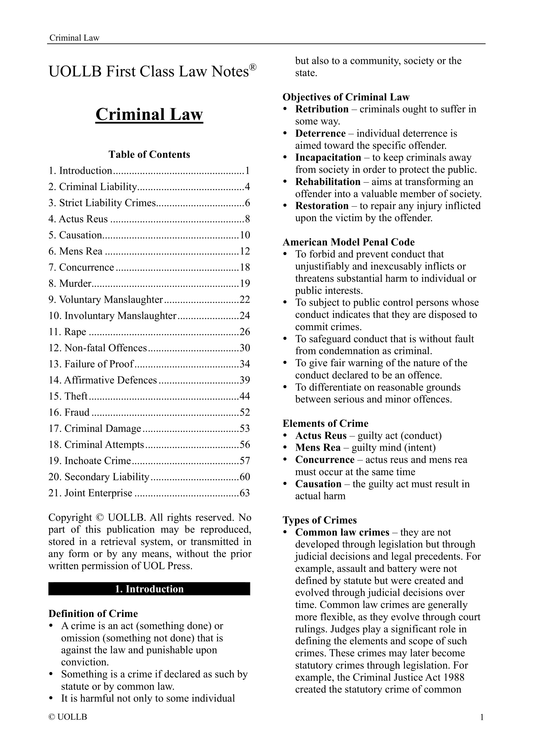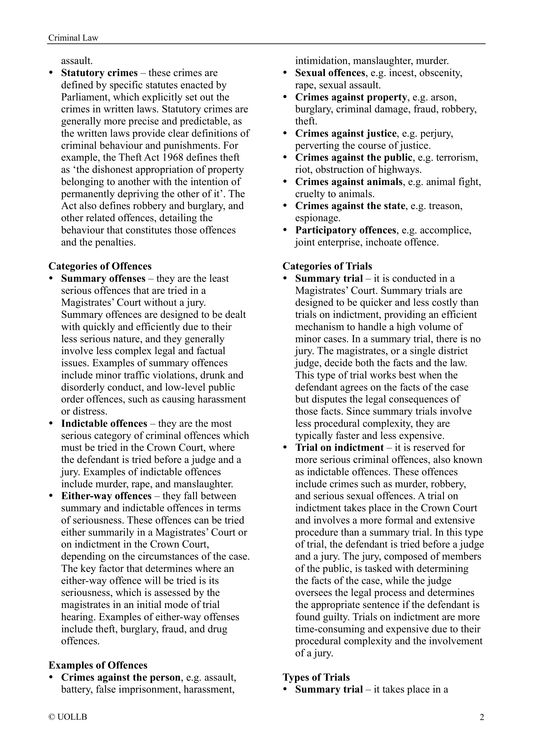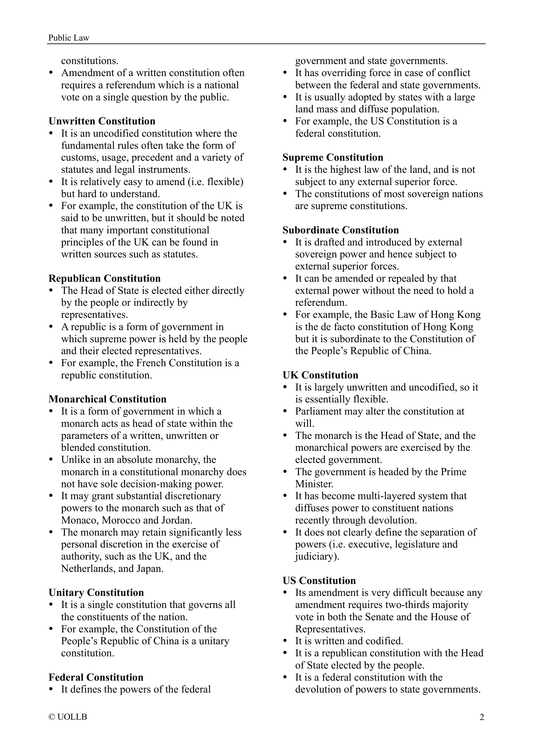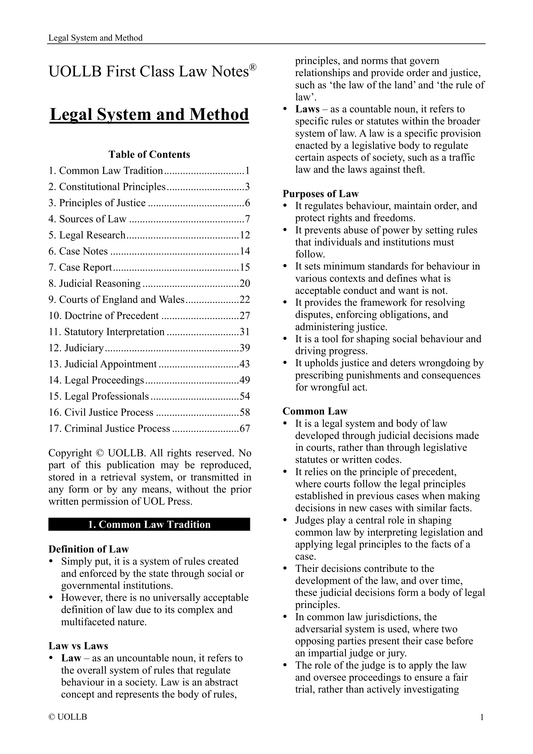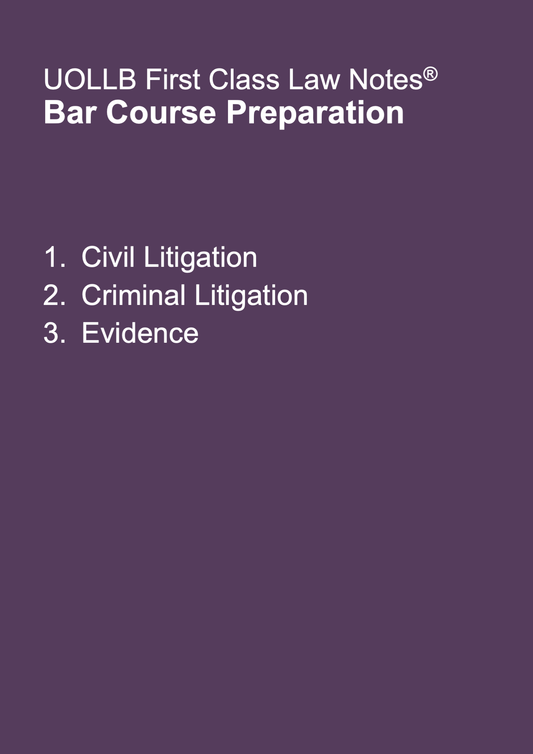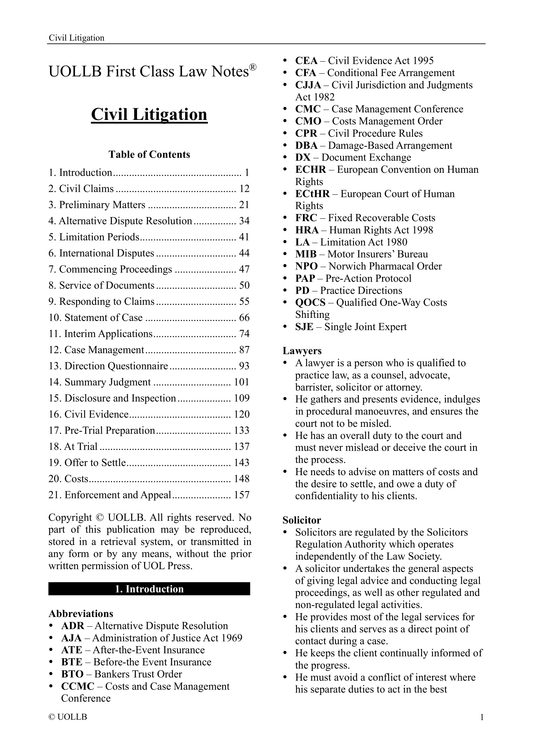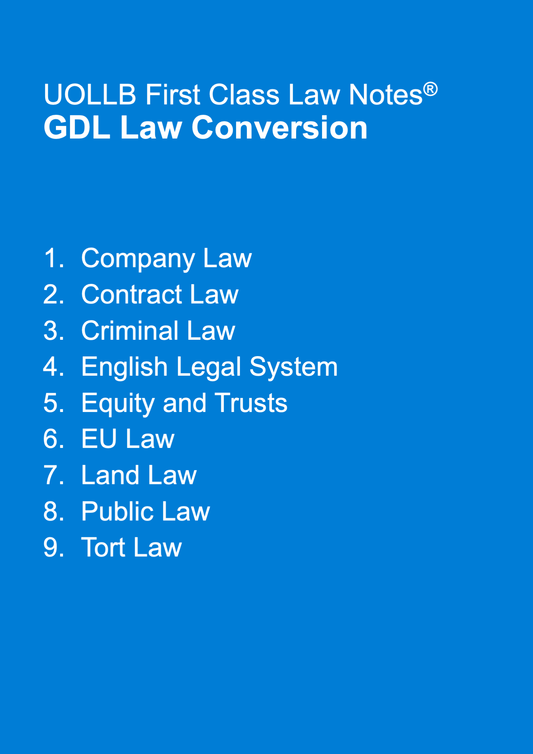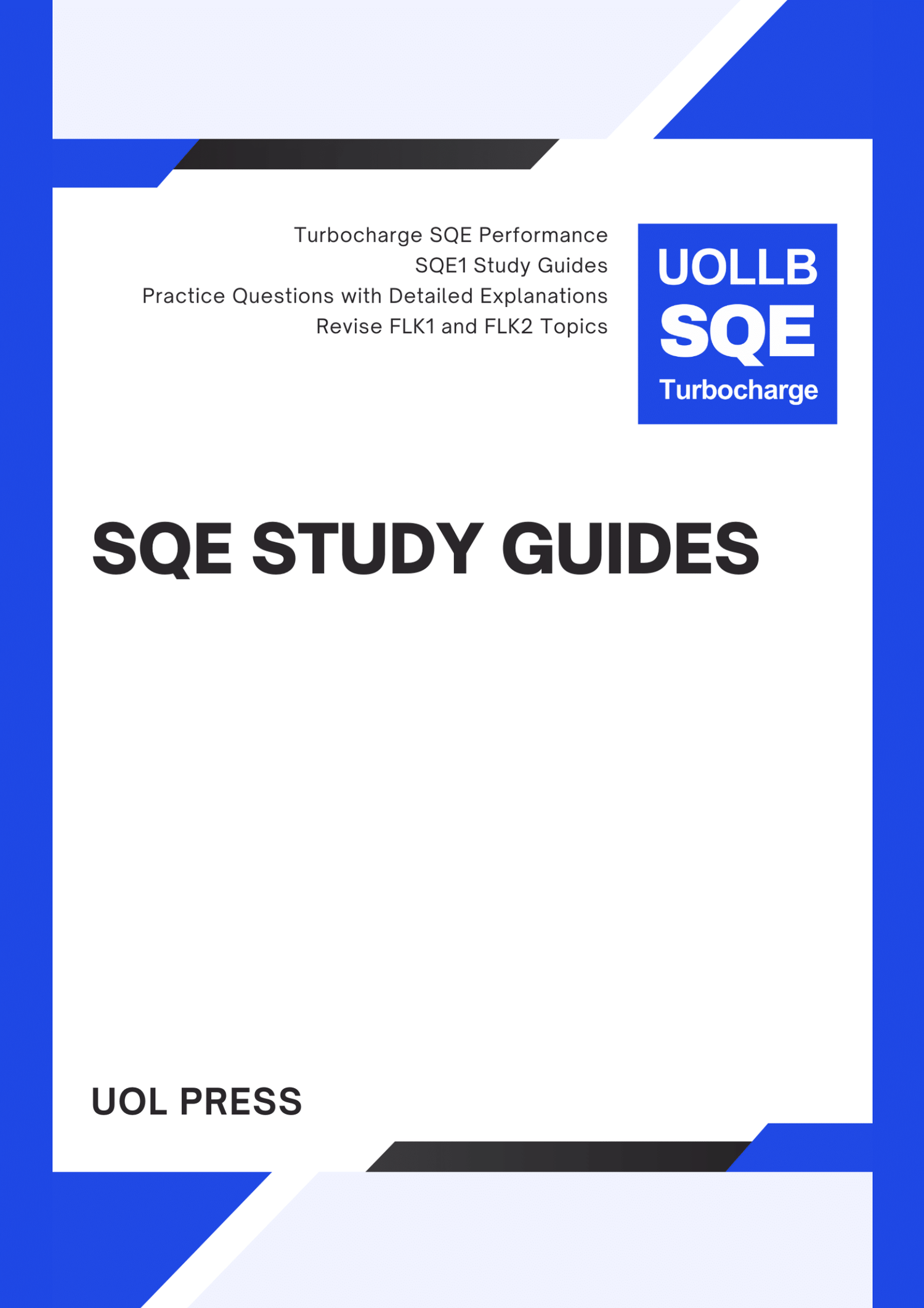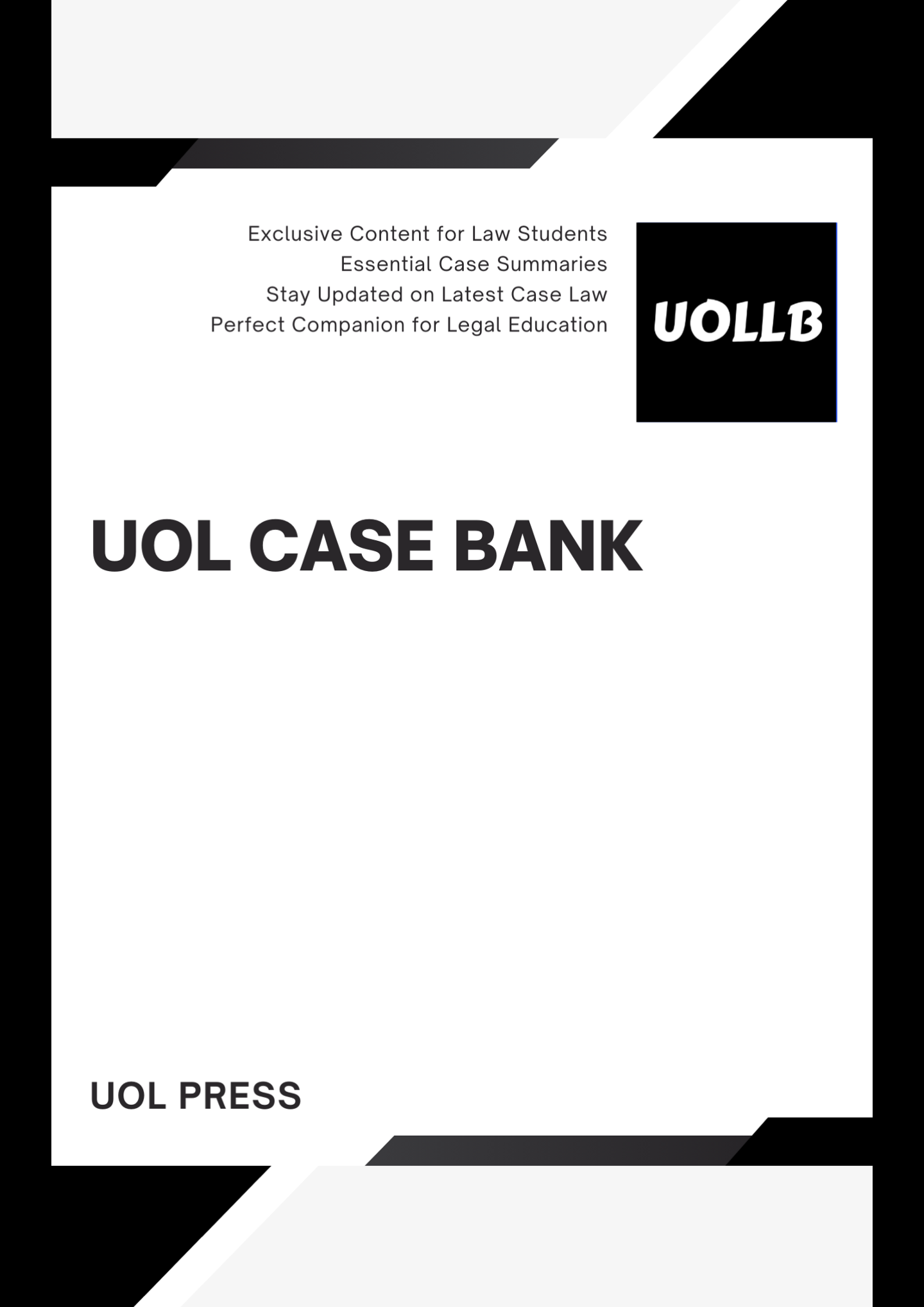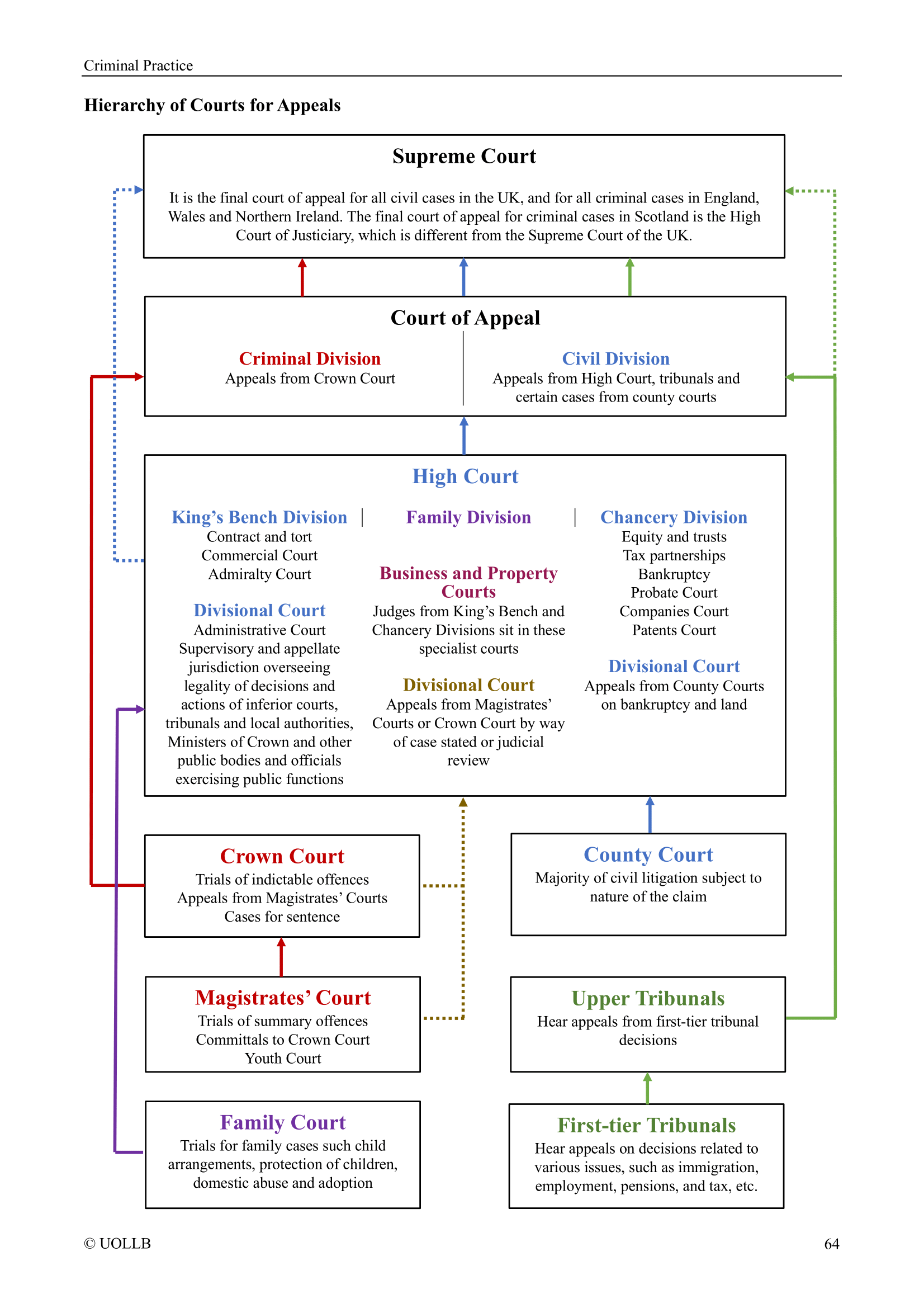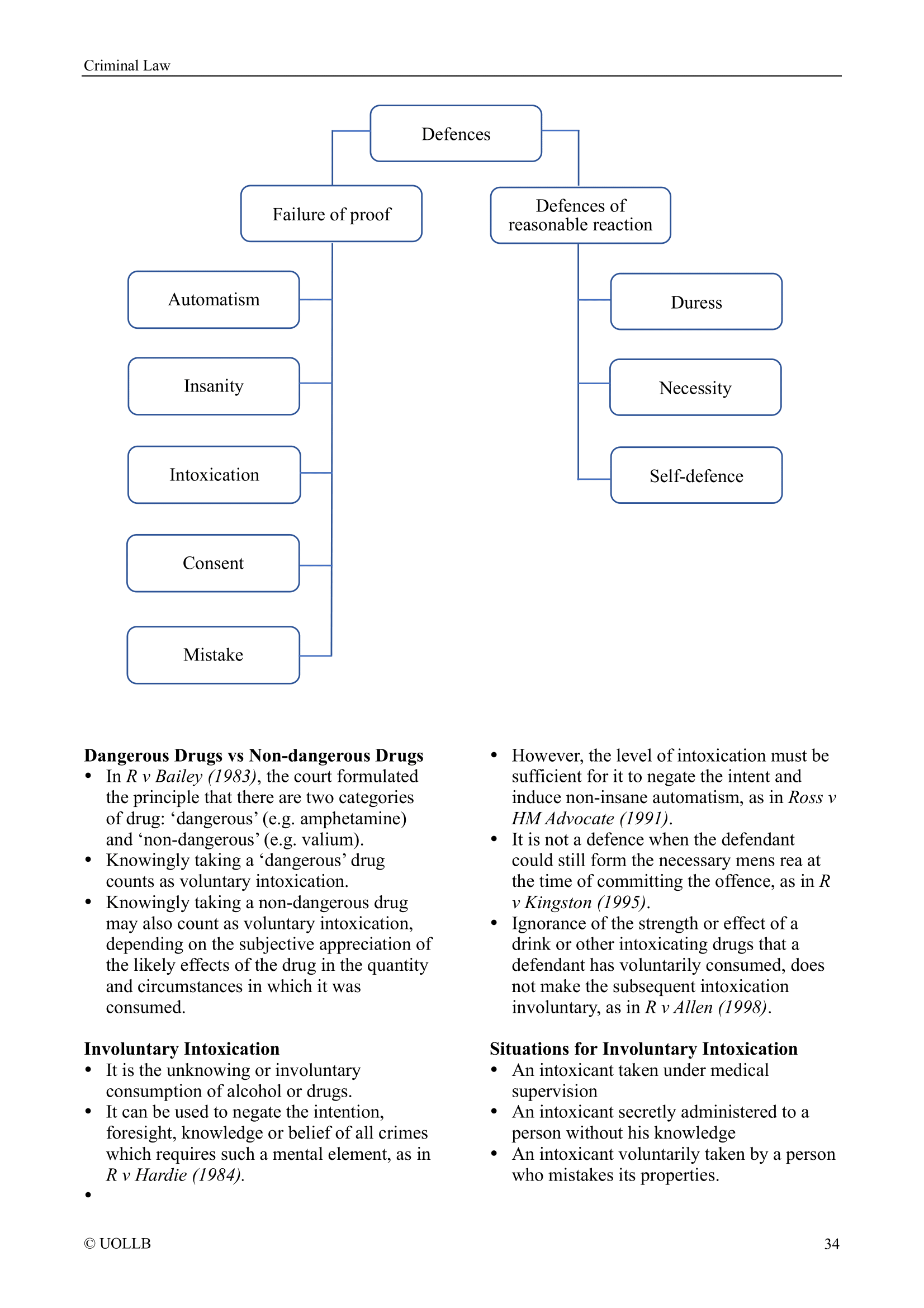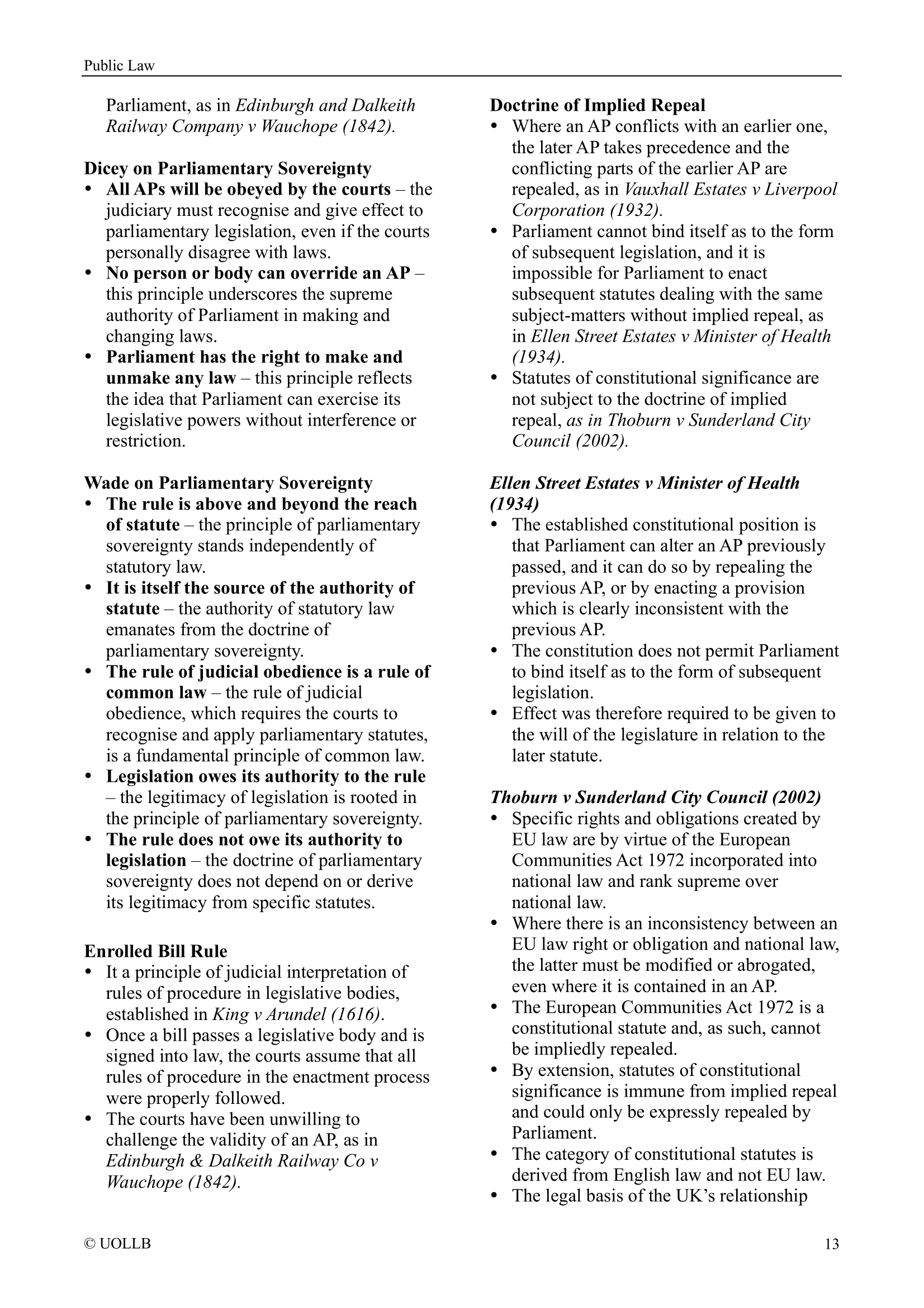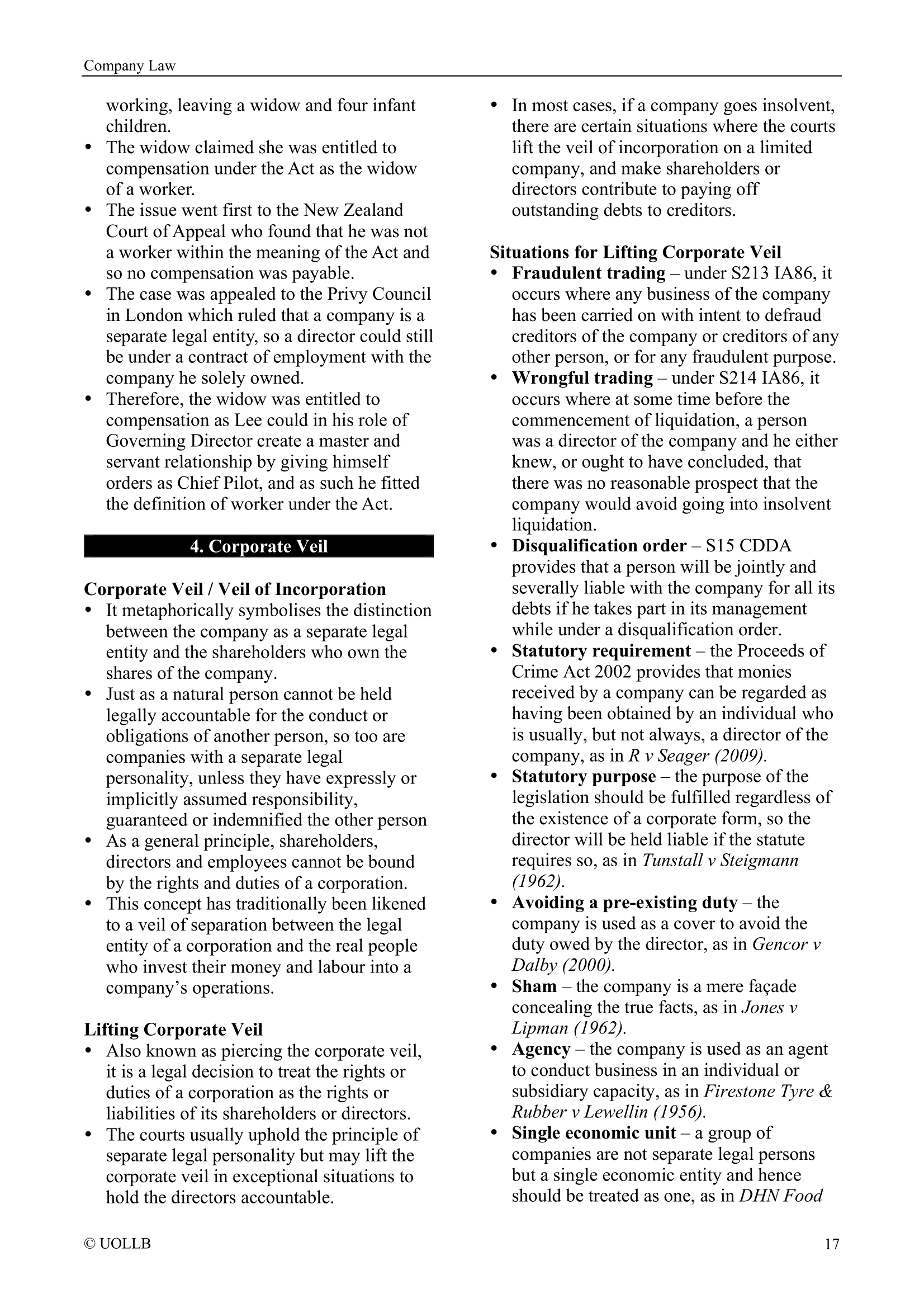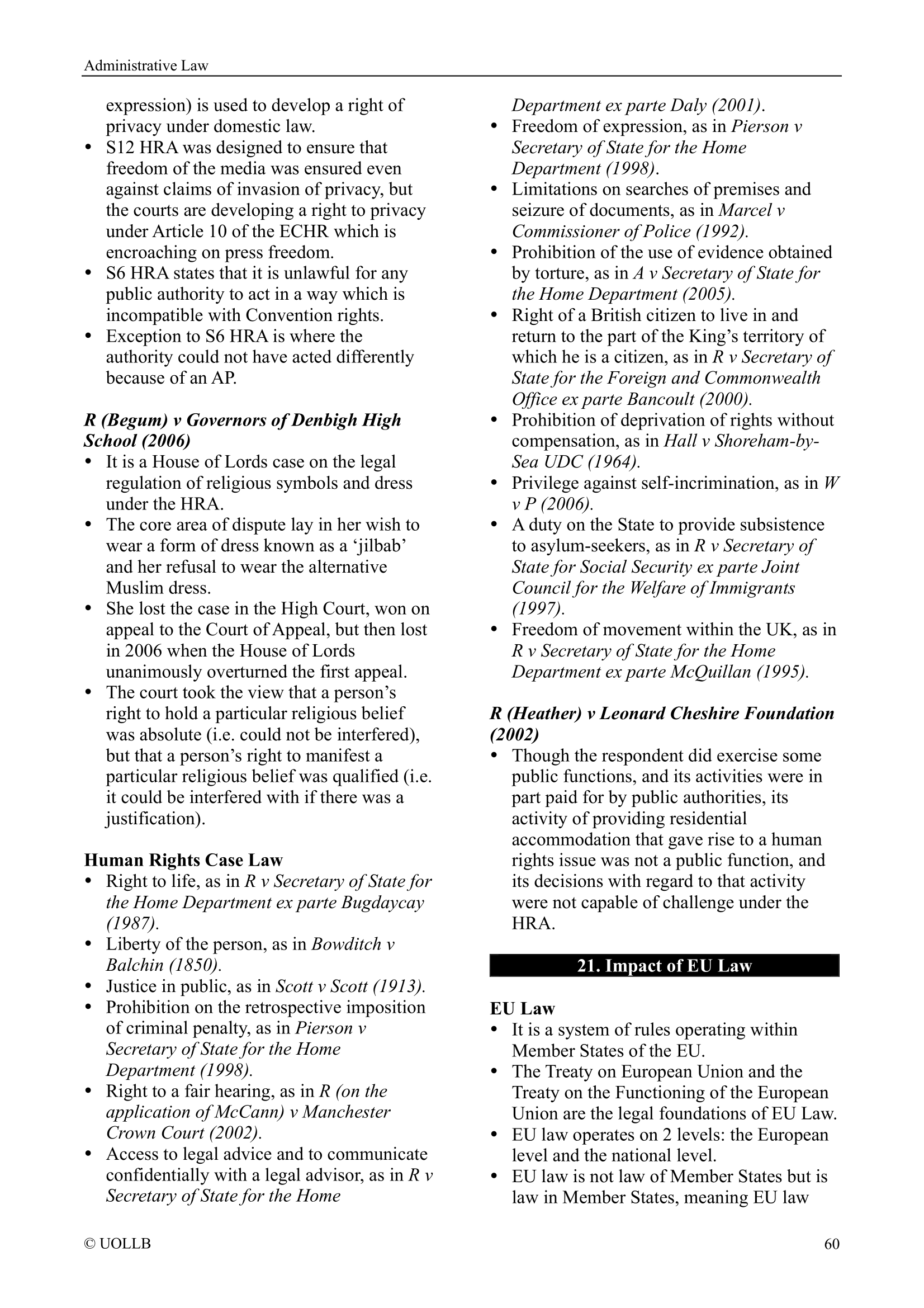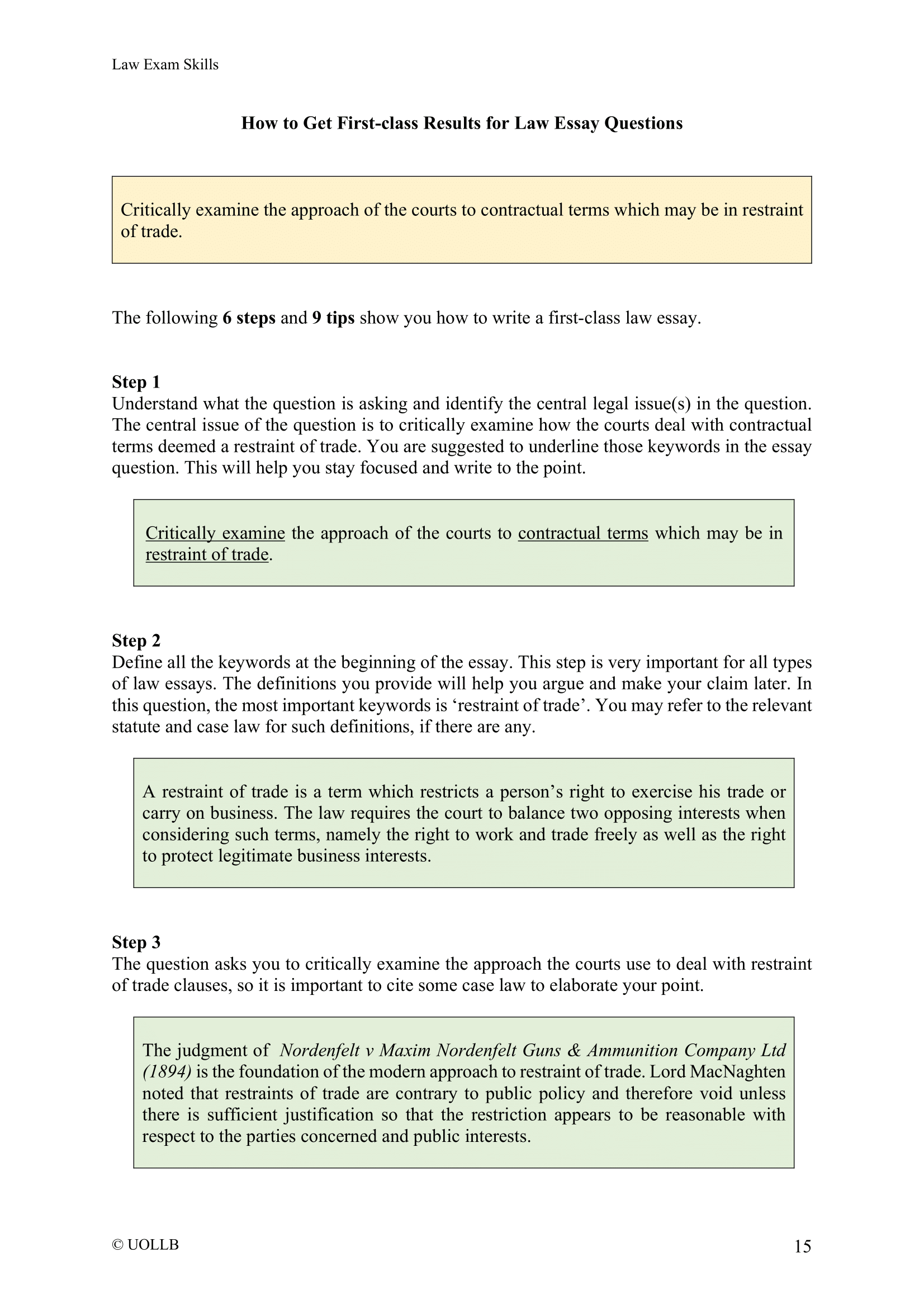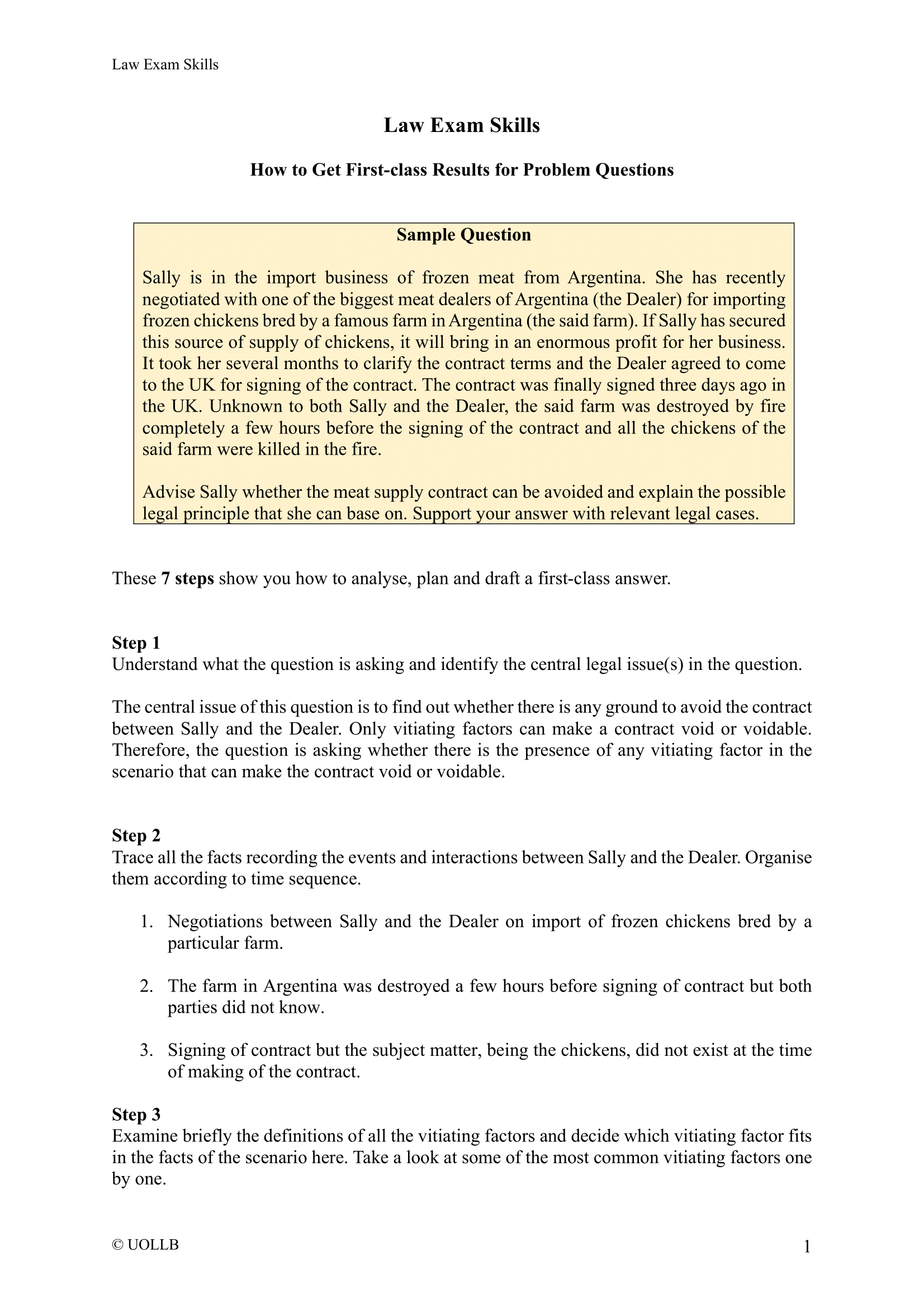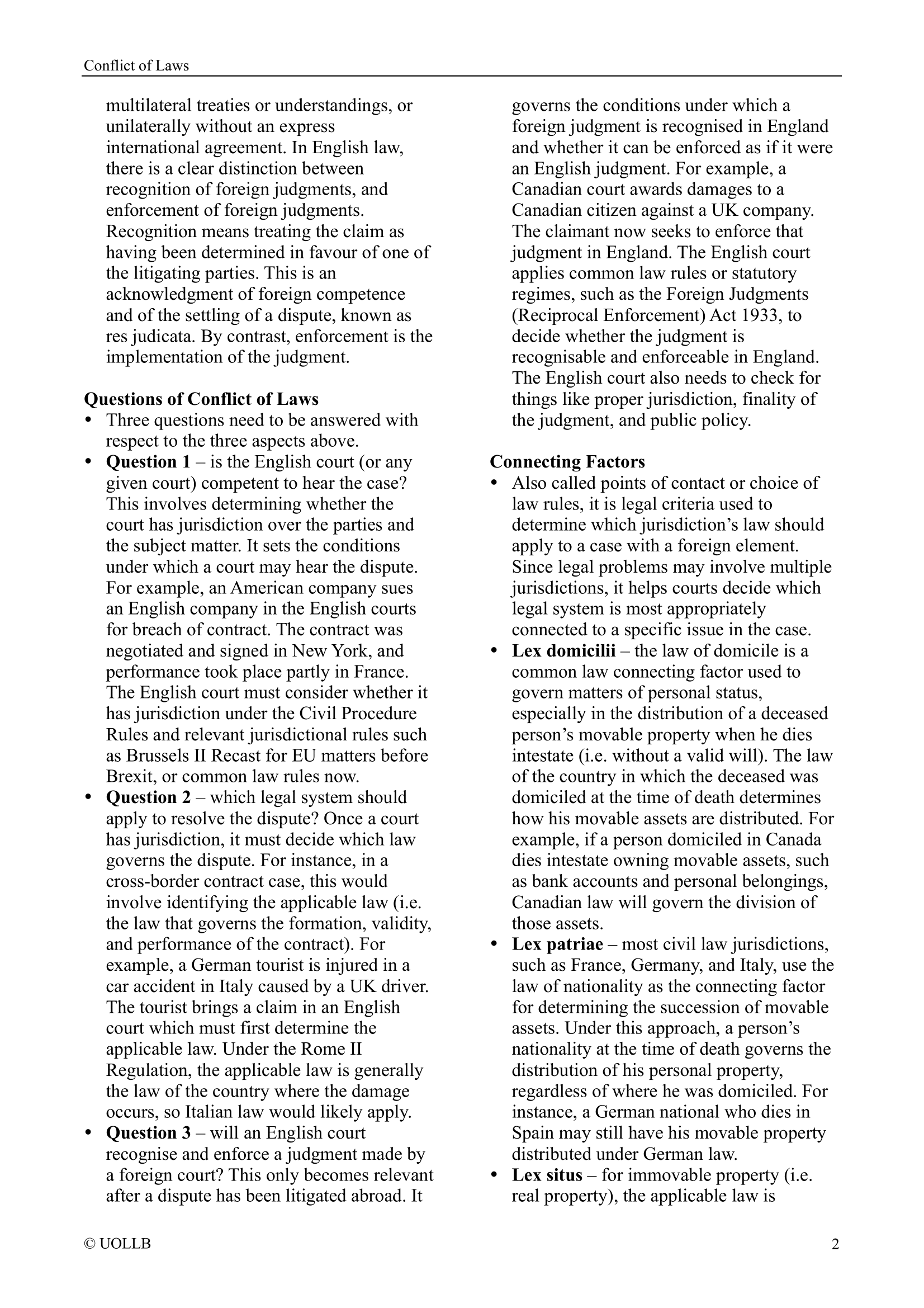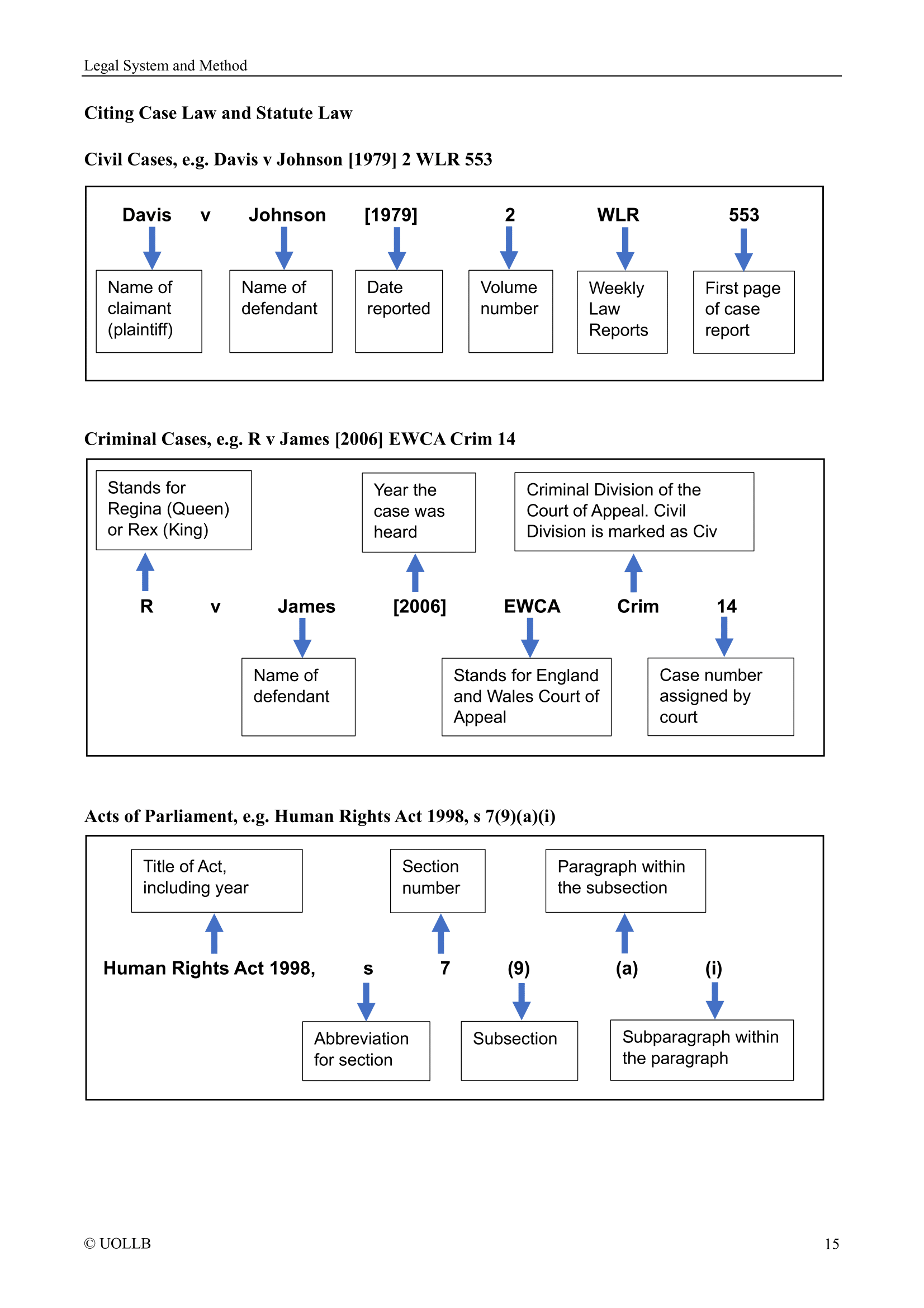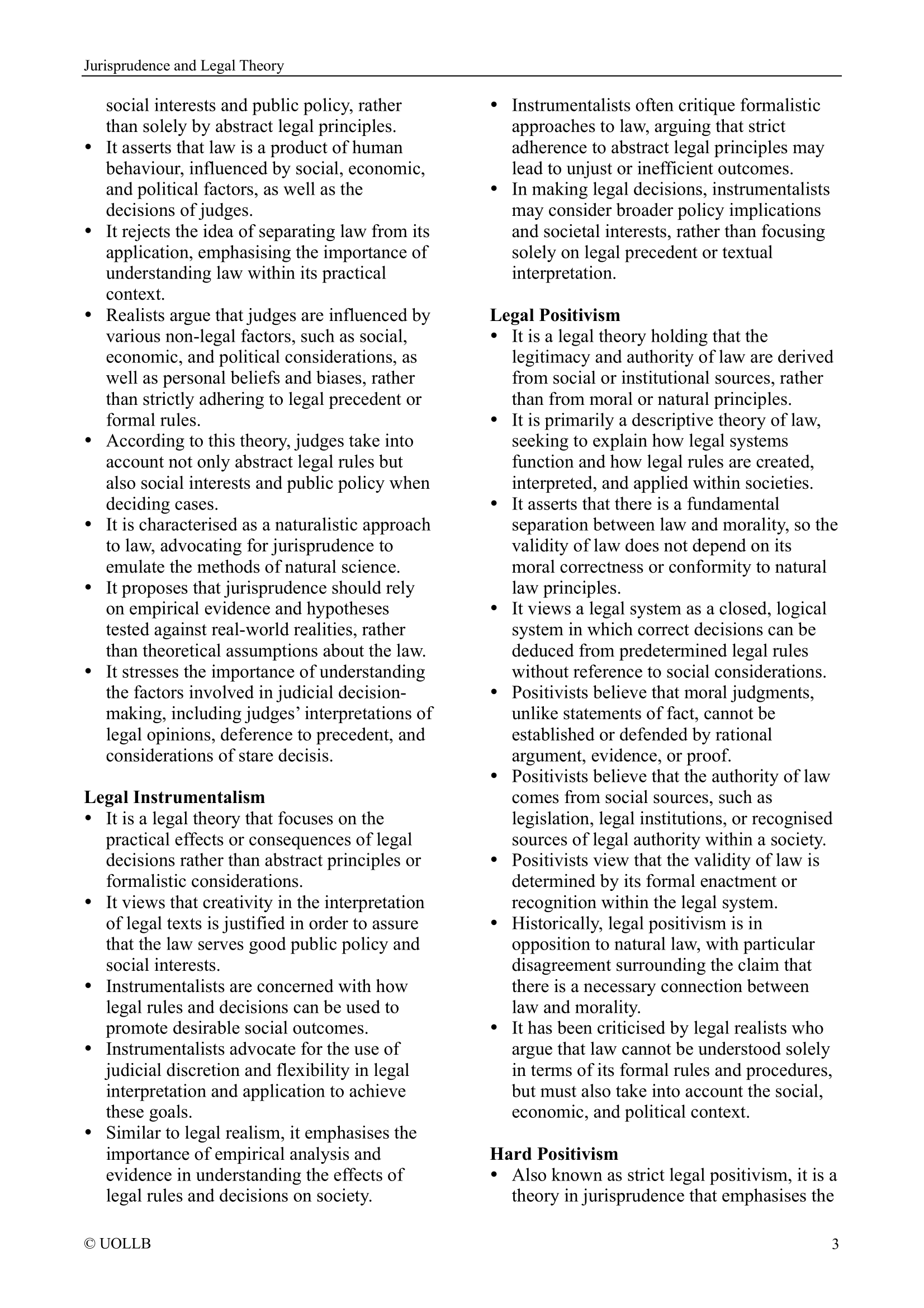Tax Avoidance
Share
Tax avoidance refers to the legal practice of arranging one's financial affairs in a manner that reduces tax liabilities within the boundaries of the tax laws. Unlike tax evasion, which involves illegal means of evading taxes, tax avoidance involves taking advantage of available tax incentives, exemptions, deductions, and structuring transactions in a tax-efficient manner.
The primary objective of tax avoidance is to minimise tax obligations while remaining compliant with tax laws. Individuals and businesses engage in tax avoidance strategies to optimise their tax planning, maximise after-tax income, and retain a larger portion of their earnings. This can be achieved through various legitimate methods, such as:
Tax incentives and exemptions: Taking advantage of tax incentives, exemptions, and credits provided by tax laws to reduce taxable income or offset tax liabilities. These may include incentives for research and development, green energy initiatives, or investment in certain industries or regions.
Deductions and expenses: Properly claiming deductions and expenses that are allowed by tax laws, such as business expenses, mortgage interest, charitable contributions, or education-related expenses.
Tax-efficient investment vehicles: Utilising investment vehicles, such as individual retirement accounts (IRAs), 401(k) plans, or tax-deferred savings accounts, tax-exempt savings accounts to defer, reduce or avoid tax liabilities on investment income.
Entity selection and structure: Choosing the appropriate legal entity structure, such as forming a corporation or partnership, to optimise tax advantages and minimise overall tax burden.
International tax planning: Engaging in cross-border transactions and international tax planning to take advantage of favourable tax treaties, jurisdictional differences, and transfer pricing strategies.
Timing of income and expenses: Carefully timing the recognition of income and expenses to maximise tax benefits, such as deferring income to a later tax year or accelerating deductible expenses into the current year.
Tax avoidance is a legal practice within the boundaries of the tax laws. However, tax authorities closely monitor and regulate tax avoidance schemes to ensure that they are not used to abuse or circumvent the intent of the tax laws. Laws and regulations may vary across jurisdictions, and engaging in aggressive or abusive tax avoidance practices can attract scrutiny and potential legal consequences.
